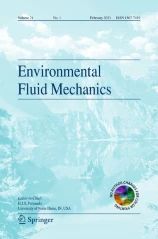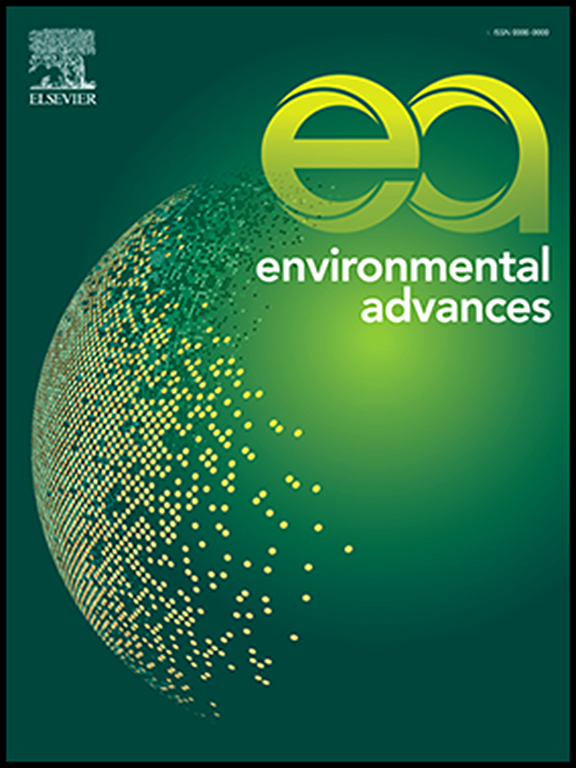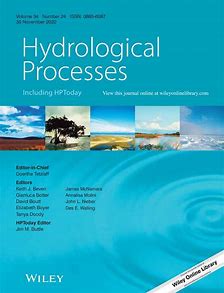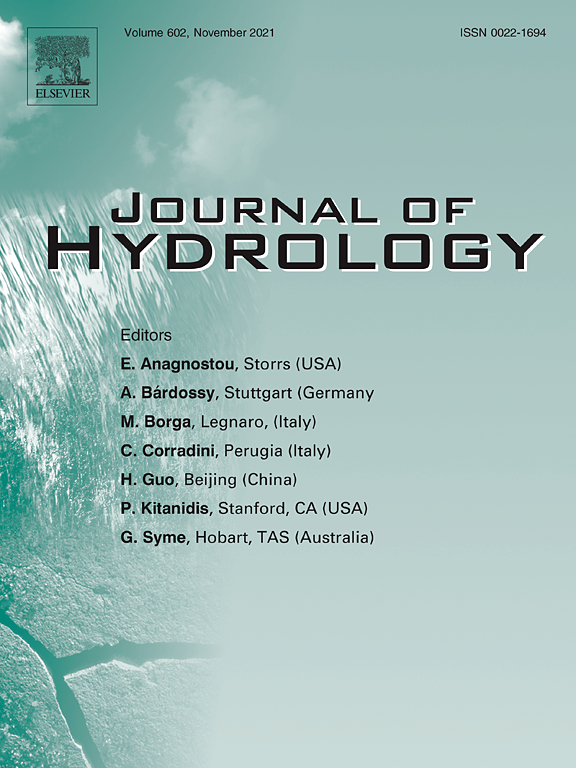- Department:(Dept. 1) Ecohydrology and Biogeochemistry

Three-dimensional modeling of diffusion-gravity flows in ice-covered lakes

Abiotic reductive dehalogenation of pharmaceuticals with naturally occurring redox mediators

Does high resolution in situ xylem and atmospheric vapor isotope data help improve modeled estimates of ecohydrological partitioning?

Spatial distribution of nicotine concentrations in Berlin’s surface waters and their potential sources
Electrical Conductivity as a Tracer for Seasonal Reverse Flow and Transport of Trace Organic Contaminants in River Spree
The authors studied if the electrical conductivity can serve as a hydrological tracer to capture the intensity and duration of seasonal reverse flow phases in a specific section of River Spree. Moreover, they studied the effect of upstream transport on chemical water quality, i.e. on trace organic contaminant during these reverse flow phases.

Vivianite as a phosphorus source in lake sediments: Importance of increased sulphate reduction on phosphorus mobilisation

Role of Suspended Particulate Matter for the Transport and Risks of Organic Micropollutant Mixtures in Rivers: A Comparison between Baseflow and High Discharge Conditions
The partition dynamics of organic micropollutants between water and suspended particulate matter in riverine ecosystems differs between dry and wet weather. Chemical concentrations and mixture effects in extracts from rivers are dominated by suspended particulate matter during rain, but the dissolved phase dominates during dry weather.
Contrasts in Ecohydrological Partitioning of Heterogeneous Urban Green Spaces in Energy-Limited Versus Water-Limited Hydroclimates
Seasonal and Inter-Annual Dynamics in Water Quality and Stream Metabolism in a Beaver-Impacted Drought-Sensitive Lowland Catchment
The authors monitored water quality parameters over 3 years in an intermittent stream network in the eutrophic, lowland Demnitzer Millcreek catchment, Germany. They focused on the effects of wetland systems impacted by beaver dams on the diurnal, seasonal and inter-annual variation in water quality dynamics and modelled stream metabolism.
Hydrological connectivity and biogeochemical dynamics in the function and management of the lower Oder floodplain
The authors investigated the role of hydrological connectivity dynamics on biogeochemistry in the Oder river-floodplain system through a multi-proxy approach to quantify water sources and ages, evaporation losses, water quality, surface water connectivity via remote sensing and sub-surface connectivity via geophysical surveys. This is important to sustain vulnerable wetlands.



